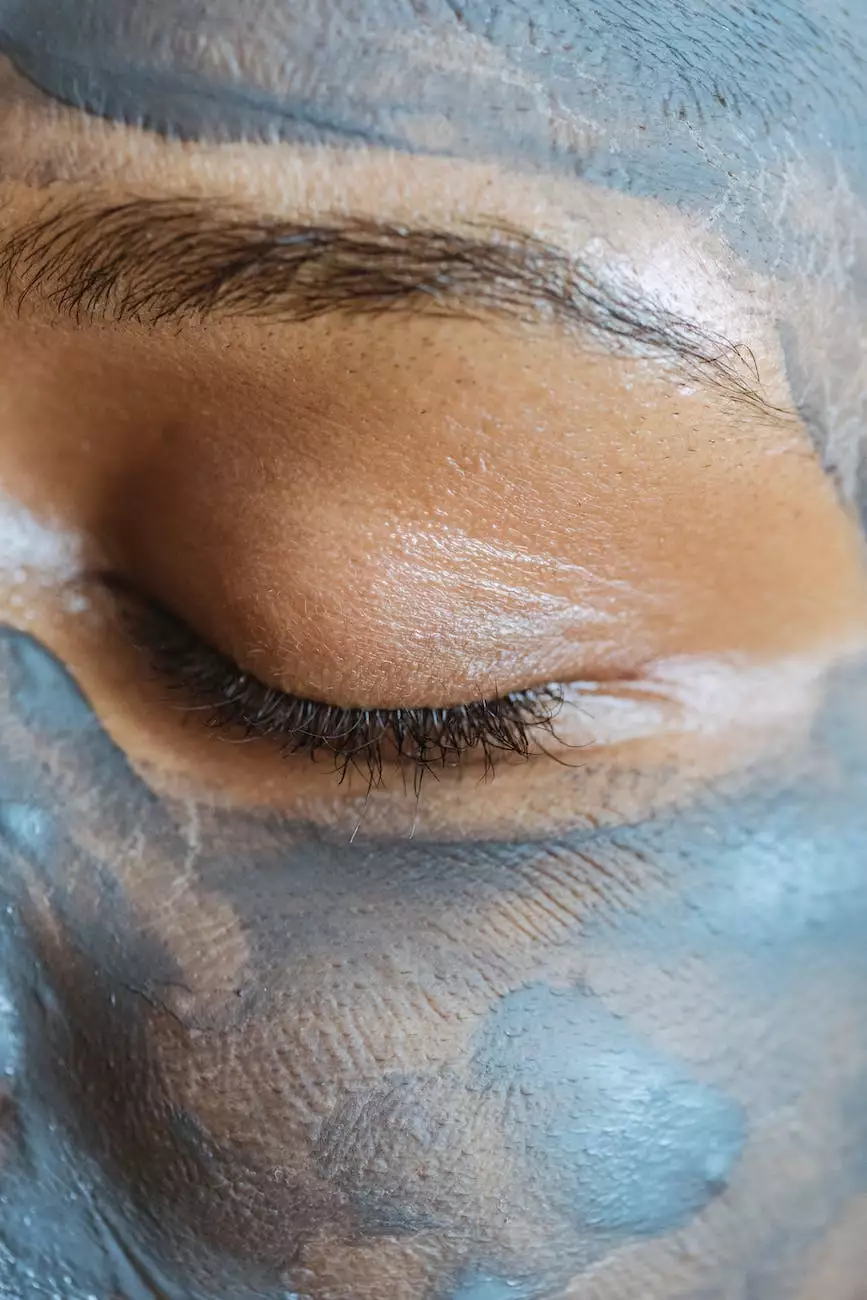Port Wine Stains

Understanding Port Wine Stains
Port wine stains are birthmarks where the affected area has a reddish to purplish discoloration, resembling the color of a traditional red wine. These birthmarks are generally present at birth and can vary in size, shape, and location on the body. If you or a loved one has been diagnosed with a port wine stain, it is important to understand the factors, symptoms, and treatment options available.
Causes of Port Wine Stains
The exact cause of port wine stains is still not completely understood, but it is believed to be associated with abnormal blood vessel development in the affected area. They are generally not hereditary, meaning they do not pass down from generation to generation, but they can occur sporadically in individuals.
Symptoms and Appearance
A port wine stain is typically pink or red in color at birth and tends to darken over time, developing into a deep red or purplish hue. The marks may appear flat or slightly raised and can vary in size, ranging from a few millimeters to several centimeters. Location-wise, they can be found anywhere on the body, but they are most commonly seen on the face and neck.
Psychological Impacts and Challenges
Living with a visible port wine stain can present various psychological challenges for individuals. While they are generally painless and do not pose any medical risks, the social and emotional implications can be significant. Children and adults with port wine stains may experience low self-esteem, body image issues, and even social isolation. It is vital to address these emotional aspects alongside the medical management of the condition.
Treatment Options
Although complete removal of port wine stains can be challenging, there are several treatment options available to manage and minimize their appearance:
Laser Treatment
Laser therapy is one of the most common and effective methods used to treat port wine stains. It involves directing concentrated beams of laser light onto the affected area, targeting the blood vessels and gradually lightening the birthmark over multiple sessions. This procedure is generally safe, with minimal downtime and impressive results.
Surgical Excision
In certain cases, surgical removal of the port wine stain may be considered, especially if other treatment methods have been ineffective. This option involves the removal of the affected skin and subsequent closure of the incision site, usually performed by a skilled dermatologic or plastic surgeon.
Camouflage Makeup
For individuals who prefer non-invasive options or are not suitable candidates for laser therapy or surgical excision, camouflage makeup can provide temporary coverage of the port wine stain. This specialized makeup technique involves the skillful use of color correctors and concealer to match the surrounding skin tone, effectively minimizing the appearance of the birthmark.
Psychological Support
Alongside medical treatments, it is crucial to address the emotional and psychological impact of living with a port wine stain. Seeking support from mental health professionals, joining support groups, or connecting with others who share similar experiences can be immensely helpful in building self-confidence and overall well-being.
Consulting with Smith, Arthur F, MD
When it comes to port wine stain management, seeking professional guidance is essential. Smith, Arthur F, MD, is a highly experienced healthcare provider in the field of port wine stain treatment. With a patient-centered approach and a comprehensive understanding of the latest advancements in medical and aesthetic interventions, Dr. Smith can help assess your specific condition and provide personalized recommendations and treatment plans tailored to your needs.
Contact Smith, Arthur F, MD, to schedule an appointment and start your journey towards managing your port wine stain effectively.
Conclusion
Port wine stains are birthmarks that can affect individuals, causing unique challenges both physically and emotionally. Understanding the causes, symptoms, and available treatment options is crucial in managing and addressing this condition effectively. Remember, seeking professional guidance from trusted healthcare providers, such as Smith, Arthur F, MD, can provide the necessary support and expertise in navigating this journey.










